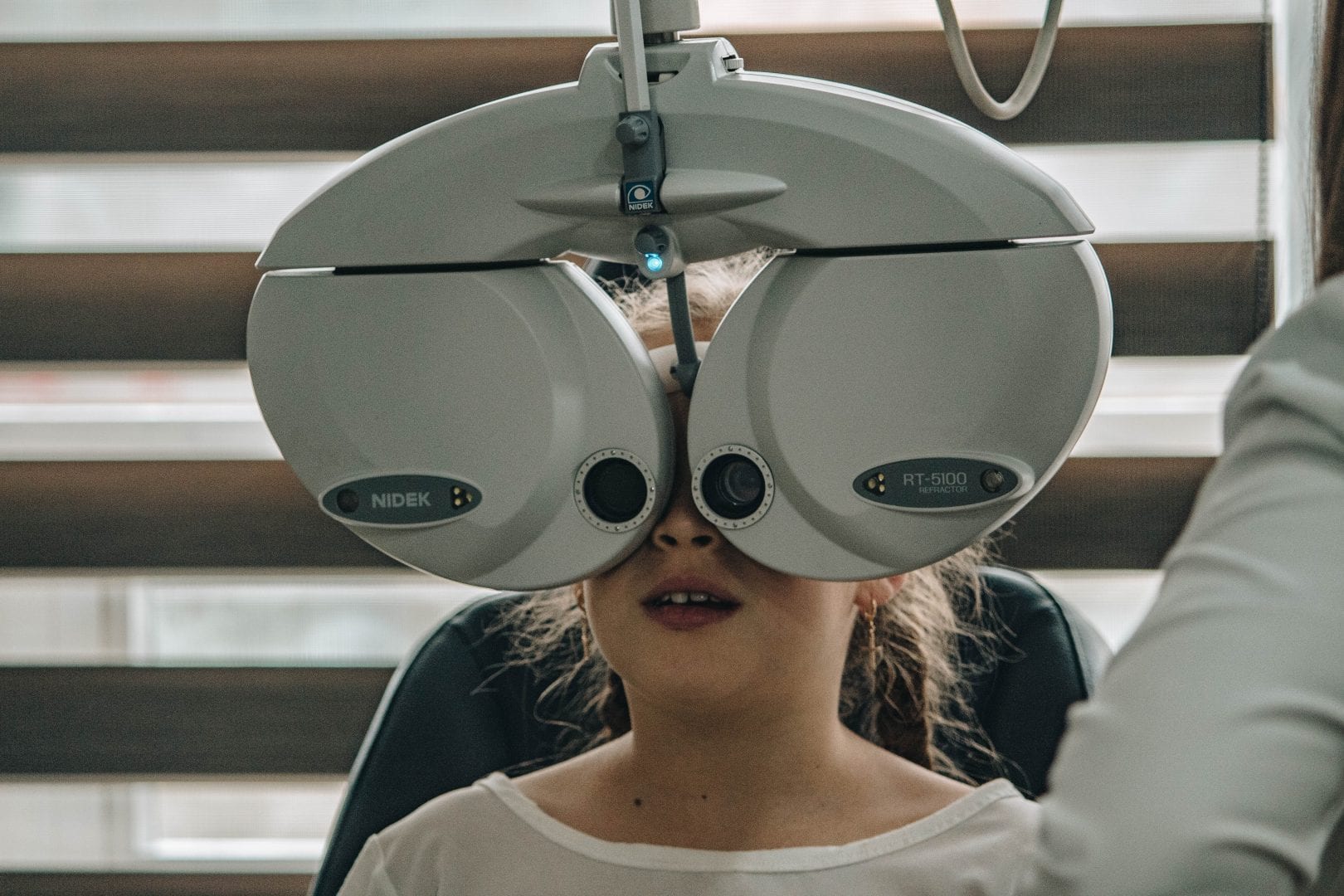Environment: dev.aph.org — Current roles: guest
 How Do We See?
How Do We See?
Did you know the only organ more complex than the brain is your eye? Did you know that your eye is the fastest contracting muscle in the body? That is some crazy science! What makes the eye so complex? Does it have more parts than other organs? You are going to find out answers to all of these questions today!
This activity is pulled from our Virtual ExCEL Camps happening summer of 2020! While these activities are written to fit into the larger lesson plan of the camp themes, you can complete them with your little one at any time. Learn more about our Virtual ExCEL Summer Camp here!
Appropriate Age Range: Upper Elementary
Part 1: Learn About the Eye
Question:
- Name all of the parts of the eye that you can.
- Describe the function of each part.
Hypothesis: See if you can respond to these questions.
Which part is responsible for controlling the amount of light that enters the eye?
- The lens
- The retina
- The pupil
- The optic nerve
Which part of the eye is responsible for sending messages to your brain?
- The lens
- The cones
- The pupil
- The optic nerve
Which part of the eye is responsible for seeing colors?
- The rods
- The cones
- The lens
- The pupil
Watch this video:
To learn about how the eye works, watch this video about the eyeball- How Your Eyes Work
Part 2: Making Candy Eyeballs!
Materials:
- 1 Cookie Sheet or Baking Dish to keep materials in
- 1 Jumbo marshmallow
- 1 Fruit roll up
- 1 M&M
- 1 Gummy Life Saver
- 1 Sour Punch Straw/Twizzler
- 1 4”x4” square piece of Saran Wrap
- Sprinkles
Watch This Video: This is how you make a candy eyeball- Making Candy Eyeballs
Procedure:
- Pick up your jumbo marshmallow and your lifesaver gummy. Find one of the flat sides of the jumbo marshmallow and place the lifesaver gummy in the center of the flat side. The marshmallow is the sclera and the lifesaver is the iris of your eye.
- Pick up your M&M. Place it in the center of your lifesaver gummy. This acts as your pupil.
- Put your marshmallow eye down on your cookie sheet. Pick up your saran wrap and place it over the top of your pupil and iris. Wrap the saran wrap all the way around the marshmallow. The saran wrap will serve as the clear outer layer of the eye known as the cornea.
- Open and unwrap your Fruit Roll-Up. Once it is unwrapped, tear it into quarters. Take one of your squares and place it on the back of your eye. You have just created your retina!
- Once you have a retina, you need rods and cones! Grab your sprinkles and shake them onto the retina on the back of your eye.
- Take your sour punch straw or twizzler and push it into the back of your retina. This will serve as your optic nerve.
Conclusion:
Now you know what the parts of your eye are and how they work. You even created your own eye! Since you know so much about the eye, you could be the next Bill Nye, the Science Guy!
- Tell your parent or caregiver one way this relates to your visual impairment.
Instructors:
Cheryl Hannan, Professor from California State University, LA. Learn more about Cheryl in this video!
Johna Bogue, Lower school science teacher (grades PreK- 3rd) at The Pegasus School, CA. Learn more about Johna in this video!
Parisa Behmardi Lamarra, Teacher of the Visually Impaired at Whittier Unified School District, CA. Learn more about Parisa in this video!
Susan Drake, Special education teacher and student in VI college program at Missouri State University. Learn more about Susan in this video!
Share this article.
Related articles
APH’s Reach & Match® Learning Kit helps young children of all abilities develop their motor and social skills, all under...
Are you starting to go a bit stir-crazy? Maybe you are frantically trying to find fun activities for your children...
Are you trying to help your child understand why 1/4 is greater than 1/5? Or why 0.10 is equal to...
